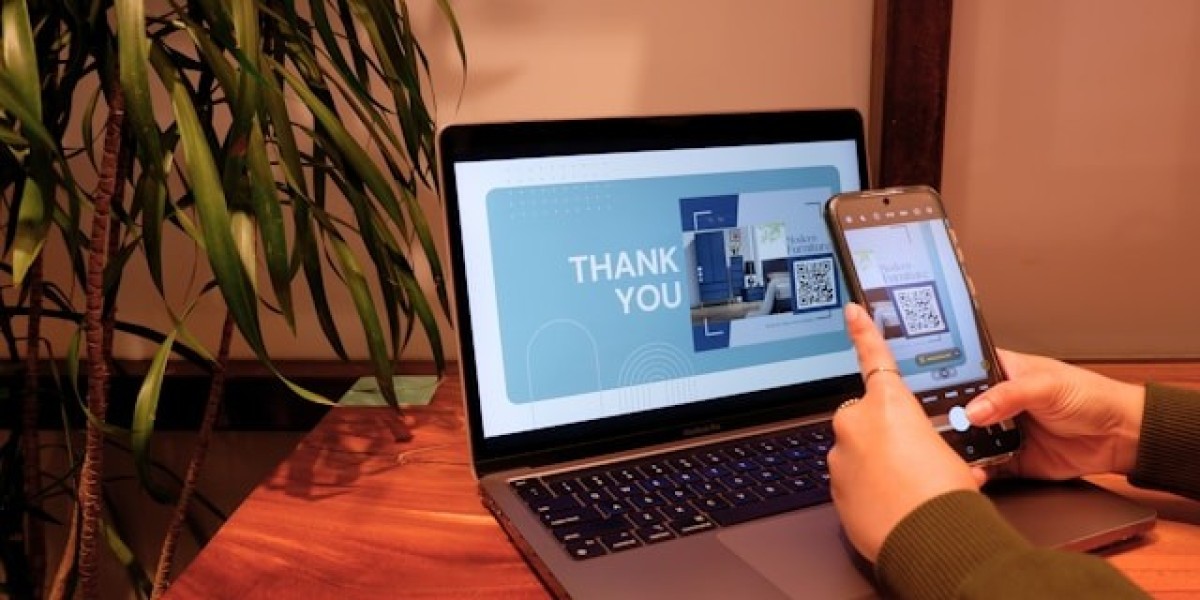In the ever-evolving field of neuroscience, technology plays a pivotal role in unlocking the mysteries of the human brain. Neurology software, such as Neuromatch, has emerged as a critical tool for researchers and clinicians. By offering sophisticated algorithms, user-friendly platforms, and data-driven insights, these software solutions are revolutionizing brain science. But why is this technology so important, and how is it shaping the future of neuroscience? Let’s explore.
The Role of Neurology Software in Modern Brain Research
Neurology software refers to specialized digital tools designed to facilitate brain science research, clinical diagnostics, and therapeutic interventions. From analyzing neural data to modeling complex brain functions, these tools streamline processes that once took years to complete.
Neuromatch, a prime example, has gained attention for its focus on fostering collaboration and enhancing computational neuroscience workflows. By connecting researchers, enabling data sharing, and offering tools to model brain activity, Neuromatch exemplifies how software can accelerate innovation in neuroscience.
Key Benefits of Neurology Software
Enhanced Data Analysis
Modern neuroscience generates vast amounts of data, from brain imaging scans to electrophysiological recordings. Neurology software like Neuromatch can process and analyze these datasets with unprecedented speed and precision. This allows researchers to uncover patterns and insights that would otherwise go unnoticed.Collaboration Made Easy
Collaboration is crucial in brain science, where breakthroughs often arise from interdisciplinary efforts. Neuromatch supports this by providing platforms for researchers to share findings, access shared datasets, and work together across geographical boundaries.Cost and Time Efficiency
Traditional methods of brain research often involve costly experiments and labor-intensive processes. Neurology software minimizes these barriers, offering cost-effective and time-saving alternatives to traditional approaches.Personalized Approaches to Neurology
Advances in software allow for individualized analyses, paving the way for tailored therapies and diagnostics. This is particularly important in conditions like epilepsy, Alzheimer’s disease, and depression, where personalized treatment plans can significantly improve outcomes.
Neuromatch: A Revolution in Neuroscience Collaboration
At its core, Neuromatch is more than just software; it’s a movement. It seeks to democratize access to neuroscience tools and knowledge, fostering an ecosystem where innovation thrives. With its ability to connect researchers, simplify neural modeling, and provide educational resources, Neuromatch embodies the future of brain science.
Key features of Neuromatch include:
- Interactive Tools: Enabling users to create simulations of neural circuits.
- Educational Resources: Offering tutorials and courses on computational neuroscience.
- Networking Opportunities: Facilitating connections among neuroscientists worldwide.
These capabilities empower not just established researchers but also students and early-career scientists, ensuring that the next generation of neuroscientists is well-equipped to tackle emerging challenges.
The Future of Neurology Software and Brain Science
As the demand for more sophisticated neuroscience tools grows, neurology software will continue to evolve. The integration of artificial intelligence, machine learning, and big data analytics into platforms like Neuromatch promises even greater advancements. These innovations will allow researchers to predict brain activity, understand complex disorders, and develop revolutionary treatments.
Furthermore, as open science becomes a priority, platforms like Neuromatch will be at the forefront, ensuring that knowledge is accessible and progress is shared globally.
Final Thoughts
The human brain remains one of the most enigmatic and complex systems known to science. Tools like Neuromatch are critical to deciphering its mysteries. By leveraging cutting-edge neurology software, researchers can accelerate discoveries, improve patient outcomes, and expand our understanding of what it means to be human.
As we look to the future, the integration of technology with neuroscience will undoubtedly yield groundbreaking advancements. And at the heart of this progress, neurology software like Neuromatch will continue to be a driving force, unlocking the secrets of the brain one algorithm at a time.






